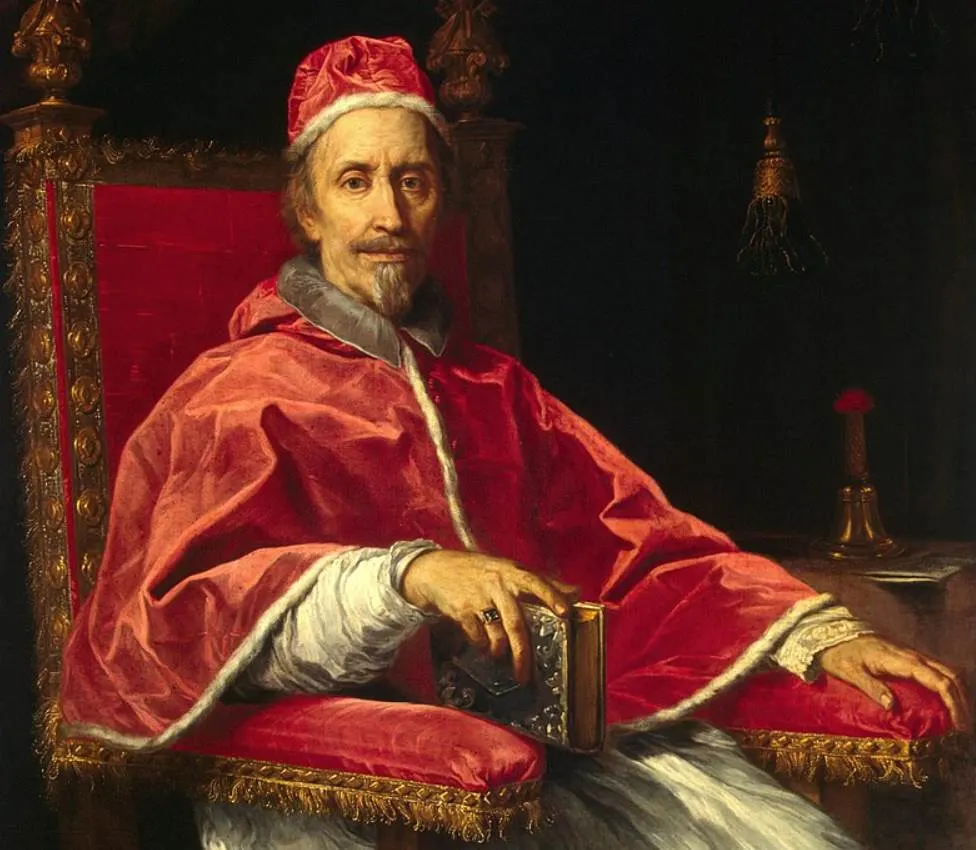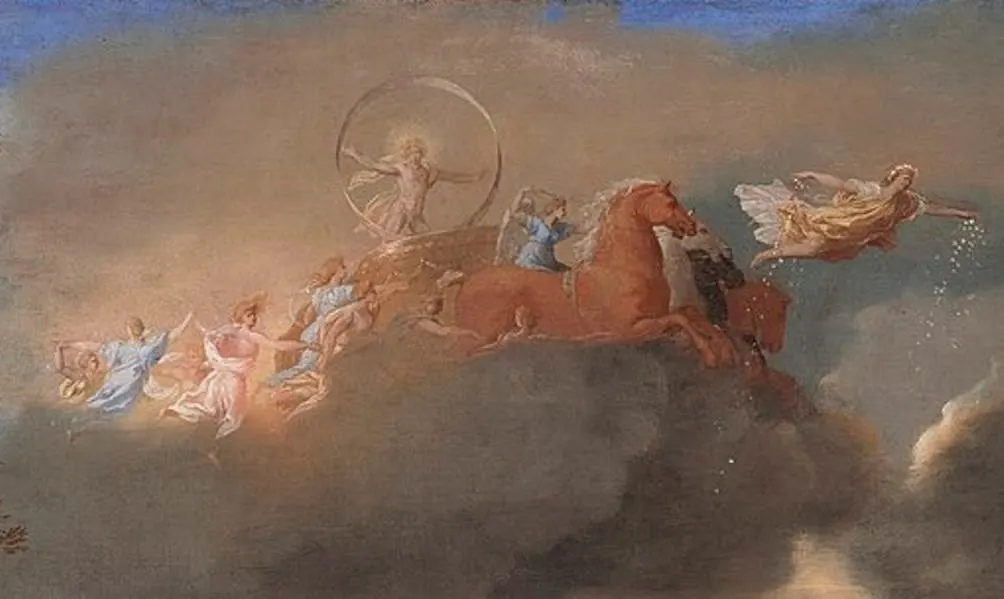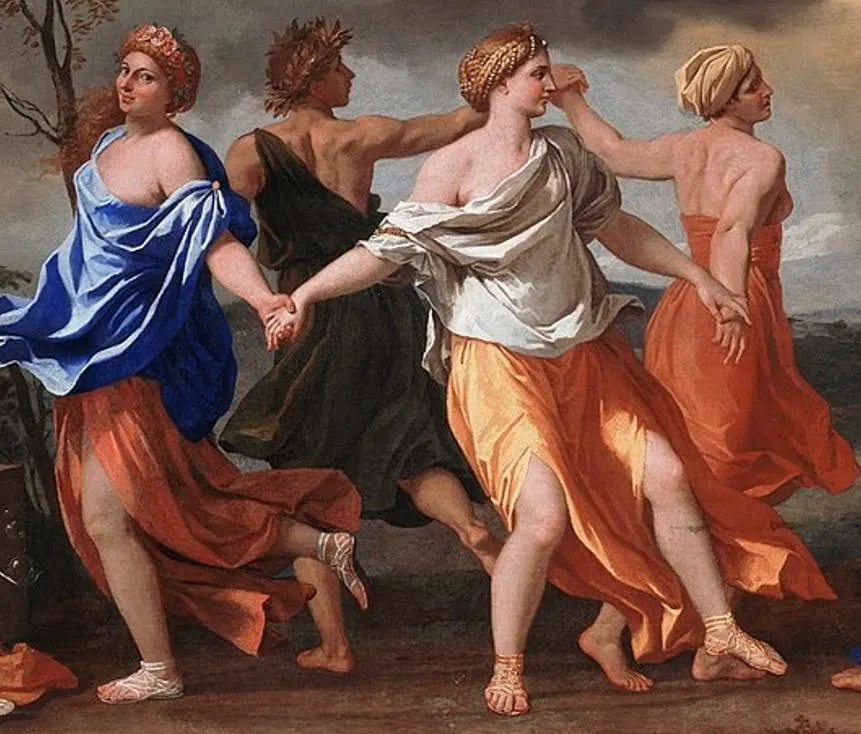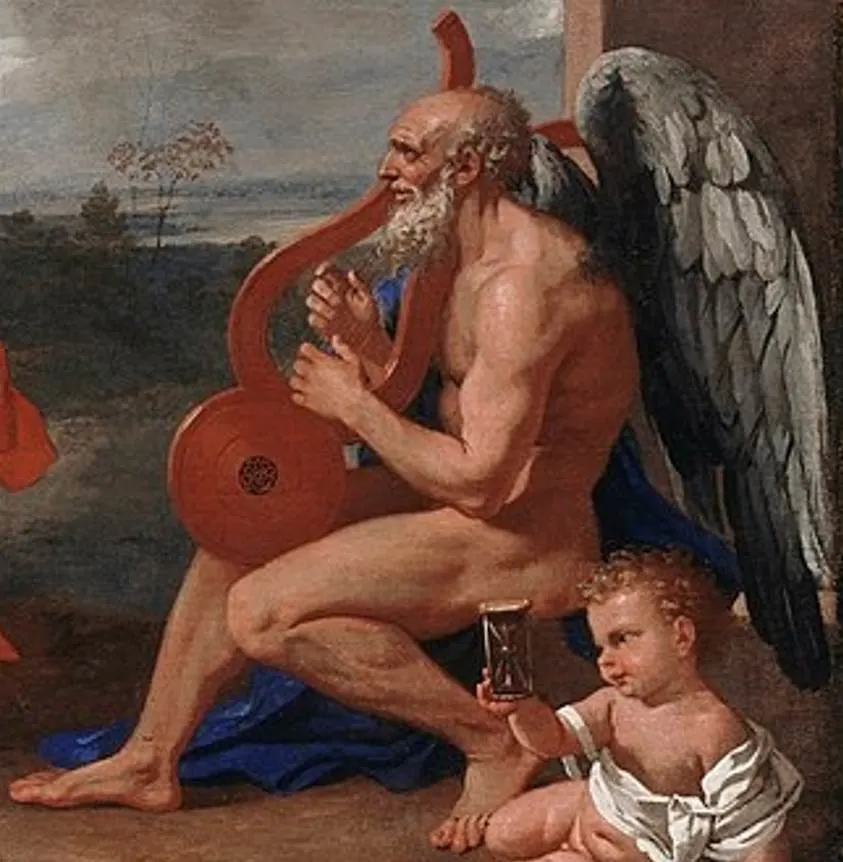One of the most enigmatic Baroque paintings ever produced has been discussed in detail for as long as it exists.
Nicolas Poussin (1594-1665) was a French artist and one of the most renowned Baroque artists of his time, although he spent most of his career working in Rome.
Most of his works are either religious or mythological, and this is a prime example of an artwork that has an allegorical meaning.
Let’s take a closer look at some of the most interesting facts about A Dance to the Music of Time by Nicolas Poussin, a remarkable work of art in many ways.
1. It was painted in the 1630s during the artist’s first stay in Rome
Nicolas Poussin was born in a town called Les Andelys in the Normandy region in the northwestern part of France. Little is known about his initial training but he traveled to Paris around 1612 to pursue a career as a painter.
He first traveled to Italy around 1617 but returned to Paris after reaching the city of Florence. He finally reached Rome for the first time in 1624, a year that marked his 30th birthday.
He stayed here until 1624 and achieved commercial success after a rough start. He briefly returned to France in 1641-1642 but returned to Rome and permanently settled in the city until he passed away in 1665.
A Dance to the Music of Time was painted between 1634 and 1636 at a time that he was already one of the most successful artists in Rome.

2. The painting was commissioned by a man who became the Pope in the 1660s
The level of Poussin’s success can be measured by the patrons who commissioned works from him. This particular painting was commissioned by a man named Giulio Rospigliosi (1600-1669).

Rospigliosi became Pope Clement IX during the final years of his life between 1667 and 1669. He was a great patron of the arts and commissioned many works from Gian Lorenzo Bernini (1598-1660), the most renowned Italian artist at the time.
The commission of the future Pope is significant for A Dance to the Music of Time because he was the one who gave detailed instructions to Poussin regarding the composition.
He also instructed the French artist on which figures to include which resulted in one of the most intriguing Baroque paintings ever created.

3. The current title of the work wasn’t the painting’s original name
The current name of the painting was only used for the first time in a catalog created in 1913. Before it was called A Dance to the Music of Time, it had names that reference the 4 seasons.
Other names of the painting included “La Danse des Saisons” or “The Dance of the Seasons,” and “l’Image de la vie humaine” or “A Picture of Human Life.”
These are clear references to the 4 dancing figures in the foreground who were believed to be allegories of the 4 seasons and the embodiment of the saying that “People live their lives in Seasons.”
Modern art historians aren’t too convinced that this was the real meaning of this painting, so the name was changed in the early 20th century.

4. The painting depicts a scene that takes place in the early morning
There’s a lot more going on in this painting other than the 4 dancers in the foreground. The top section of the painting is dominated by a chariot.
This chariot is led by Aurora, the goddess of Dawn. This is a reference to the notion that this scene takes place in the early morning.
Inside the chariot, we can see Apollo, the sun god, who is holding a large ring that represents the zodiac.
The chariot is followed by allegorical figures who represent the hours of the day.

5. The 4 dancers represent the progress of human life and one of them is a man
Although the exact meaning of the 4 dancers remains unknown, modern art historians assume that they aren’t allegorical representations of the 4 seasons, at least not directly.
It has been suggested that these represent the various stages of life that people go through. These include:
- Poverty
- Labour
- Riches
- Pleasure or Luxury
The figure at the back is considered to be Poverty and is generally agreed to be male. He has been identified with Bacchus, the god of wine.
Jupiter, the king of the gods, gave the world the god of wine so poor people could find some enjoyment in their otherwise miserable lives.

6. The painting gave its name to a popular 20th-century novel series
The painting’s name, A Dance to the Music of Time, is also the name of a 12-volume popular book series that was published between 1951 and 1975.
The narrator of the novels written by Anthony Powell, Nicolas Jenkins, referred to the painting at the start of the first volume:
These classical projections, and something from the fire, suddenly suggested Poussin’s scene in which the Seasons, hand in hand and facing outward, tread in rhythm to the notes of the lyre that the winged and naked greybeard plays. The image of Time brought thoughts of mortality: of human beings, facing outward like the Seasons, moving hand in hand in intricate measure, stepping slowly, methodically sometimes a trifle awkwardly, in evolutions that take recognisable shape: or breaking into seemingly meaningless gyrations, while partners disappear only to reappear again, once more giving pattern to the spectacle: unable to control the melody, unable, perhaps, to control the steps of the dance.
The “winged and naked greybeard” is a reference to the old man on the right side of the painting who plays the lyre.

7. How big is A Dance to the Music of Time by Nicolas Poussin?
The painting appears to be monumental in size but is rather small compared to other historical and mythological paintings.
A Dance to the Music of Time by Nicolas Poussin is an oil on canvas painting that has dimensions of 82.5 × 104 centimeters (32.5 × 41 inches).
8. Where is the painting located today?
The painting remained in the collection of the Rospigliosi family until it was acquired by Joseph Fesch, Prince of France (1763-1839). He was the half-uncle of Napoleon Bonaparte and one of the greatest art collectors of his time.
Along with numeroçus other works once owned by Fesch, it was sold in Rome in 1845. The buyer was an English aristocrat named Richard Seymour-Conway, 4th Marquess of Hertford (1800-1870).
It was passed on to his son, Sir Richard Wallace (1818-1890), and was one of the paintings that formed the initial Wallace Collection.
Today, the painting is part of the Wallace Collection, a museum housed in the family’s townhouse in London called the Hertford House. This is just north of the City of Westminster in Central London.

